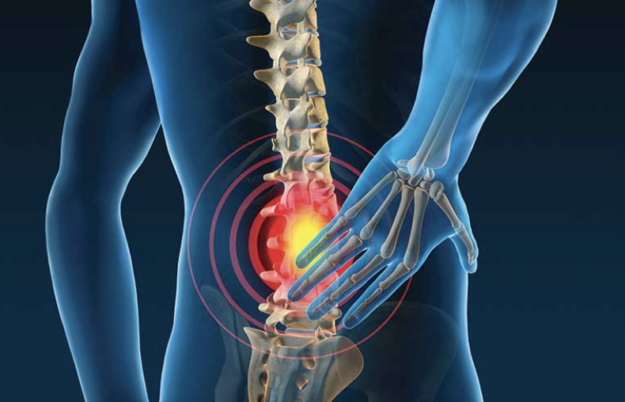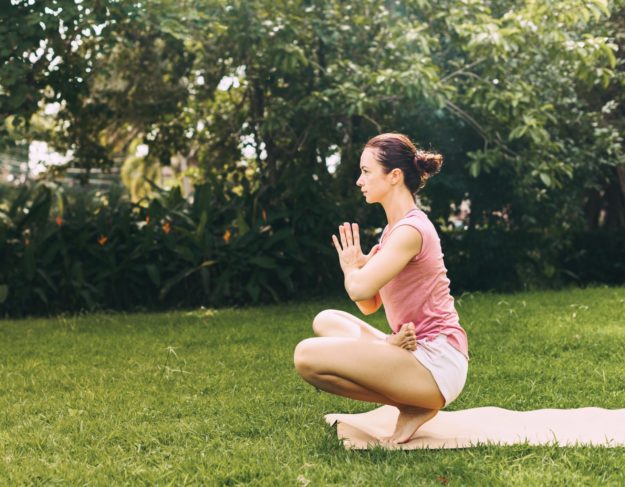What is biofeedback?
Biofeedback in the physical therapy setting is a tool that can be used to retrain the body to activate and relax muscles more effectively for improved strengthening as well as decreased muscle spasticity. At Synergy, the two methods we utilize to incorporate biofeedback into pelvic physical therapy is with the use of ultrasound as well…











